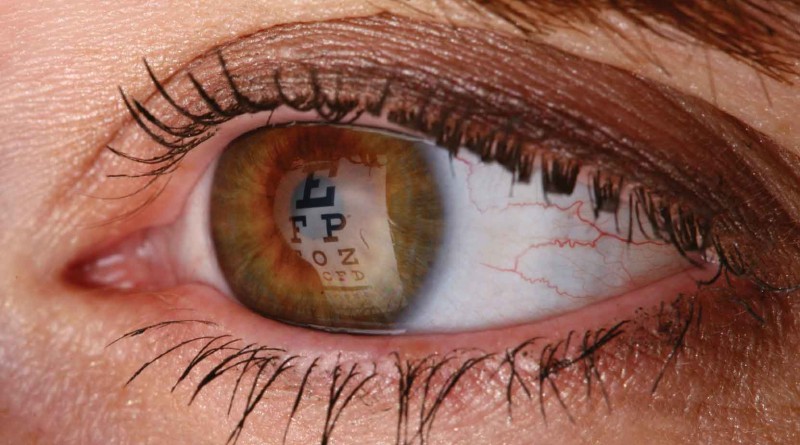Cloudy Cornea
Treatment options for keratoconus include gas permeable contact lenses; piggyback contact lenses, and intacs (corneal inserts). With the availability of these options, the need of corneal transplants can be delayed or reduced to a great extent
By Dr. Mahipal S Sachdev
Keratoconus is a progressive eye condition in which the normally round cornea thins out and begins to bulge into a cone-like shape. It rarely appears in an individual until puberty. This cone shape causes distorted vision. It usually affects both eyes, although one eye is affected before the other.
Often early diagnosis of keratoconus is missed because it develops slowly. However, in some cases, it may proceed rapidly. As the cornea becomes more irregular in shape, it induces progressive myopia and irregular astigmatism, causing more distorted and blurred vision. Keratoconic patients often have frequent changes in their glasses power. Although no one can be sure how far keratoconus will progress in an individual, the condition does not cause blindness.
Keratoconus Treatment
In the early stage of keratoconus, glasses or soft contact lenses may help. But as the disease progresses, glasses or soft contacts no longer provide clear and sharp vision.
In moderate and advanced keratoconus patients the treatment options available today include:
Gas permeable contact lenses: If keratoconus progresses, then RGP contact lenses is usually the preferred treatment. Their rigid lens material enables RGP lenses to vault over the cornea, replacing the cornea’s irregular shape with a smooth, uniform refracting surface to improve vision.
“Piggyback” contact lenses: For keratoconus, this method involves placing a soft contact lens, over the eye and then fitting a GP lens over the soft lens. This approach increases wearer comfort because the soft lens acts like a cushioning pad under the rigid GP lens.
Intacs: Intacs or corneal inserts received U.S. FDA approval for treating keratoconus in August 2004. These tiny plastic inserts are placed just under the eye’s surface in the periphery of the cornea and help re-shape the cornea for clearer vision. Intacs may be advised when keratoconus patients no longer can gain functional vision with contact lenses or eyeglasses. The recovery period is typically short with visual improvement noticed almost immediately.

Several studies show that Intacs can improve the best spectacle-corrected visual acuity (BSCVA) of a keratoconic eye by an average of two lines on a standard eye chart. The implants also have the advantage of being removable and exchangeable. The surgical procedure takes only about 10 minutes. Intacs might delay but can’t prevent a corneal transplant if keratoconus continues to progress.
C3-R: Another new procedure for treating keratoconus, known as C3-R (corneal collagen cross-linking with riboflavin), is a non-invasive method of strengthening corneal tissue to stop bulging of the eye’s surface.
Here, the corneas are crosslinked by application of the photosensitized riboflavin and exposure to UVA light (370 nm, 3 mW/cm2) for 30 minutes. Collagen crosslinking using riboflavin and UVA leads to a significant increase in corneal collagen diameter and cross linking. This alteration is the morphology leads to an increase in biomechanical stability.
The 1 & 2 year results of a clinical study in our centre have shown an arrest of progression of keratoconus in all treated eyes. Researchers conclude that this simple method of treatment might significantly reduce the need for corneal transplants among keratoconus patients. After halting of the progression of keratoconus with the use of C3R an implantable contact lens or intacs are used to reduce the dependence on glasses or contact lenses in such patients with excellent results.
Corneal transplant: In advanced stage of keratoconus, contact lenses or other therapies no longer provide acceptable vision. The last option available is corneal transplant. The results of corneal transplant in keratoconus are very good.
It is estimated that almost 21% of keratoconus patients ultimately progress to an advanced stage of disease requiring corneal transplantation surgery to restore corneal architecture and improve eyesight. But now with the availability of these options the need of corneal transplants can be delayed or reduced to a great extent.
(The author is Chairman and Medical Director, Centre for Sight Group of Eye Hospitals,New Delh)

